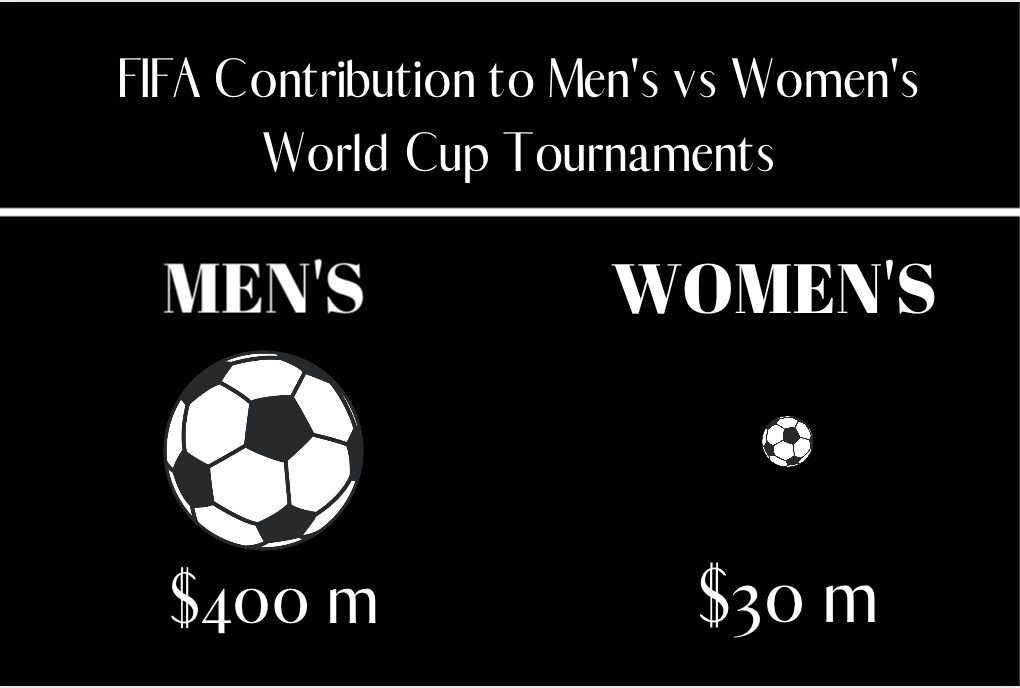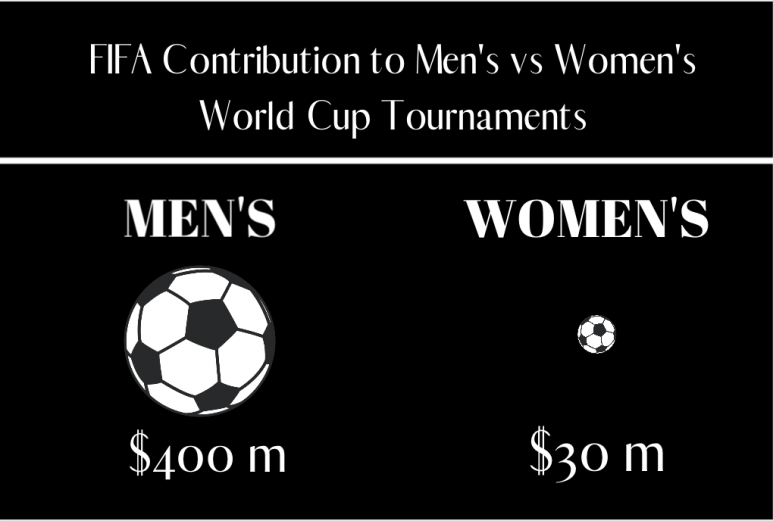2 July 2019
Country: Global
by: Eline Jeanné

 Depending on where you live, you have likely seen a lot of hype around the women’s World Cup this year. News outlets have been covering the tournament, shops have been selling memorabilia and pubs having been showing and promoting the games. As an avid football fan myself, particularly of the Dutch women’s team, this has made me very happy. Only a few years ago, women’s football was not getting close to this amount of attention, and sports journalists have played a massive role in giving the women’s World Cup the attention it deserves.
Depending on where you live, you have likely seen a lot of hype around the women’s World Cup this year. News outlets have been covering the tournament, shops have been selling memorabilia and pubs having been showing and promoting the games. As an avid football fan myself, particularly of the Dutch women’s team, this has made me very happy. Only a few years ago, women’s football was not getting close to this amount of attention, and sports journalists have played a massive role in giving the women’s World Cup the attention it deserves.
US-based Fox News has reported record numbers for the quarter final game between the USA and France, which attracted 6.3 million viewers. The French opening match against South Korea was the most-watched women’s football game in the country, attracting 10.6 million viewers. In Brazil, the country’s game against France was viewed by over 35 million Brazilians, the largest ever domestic audience to watch a women’s football game. This large increase in viewership has snowballed into more media coverage around the games, both online and offline: sports journalists are taking note, and upping their coverage.It isn’t just the journalists, though. The atmosphere around this women’s World Cup has been different than years gone by, with many of the teams are sending a clear message: we are just as good as the men’s teams, and must be treated as such. In the run up for the tournament, the German team came out with a powerful advertisement, calling out the inherent double standard between the men’s and the women’s leagues with the statement, “We play for a nation that doesn’t even know our names.” Nike released a video inspiring future generations of girls and women to follow their football dream, ending with the words: “Don’t change your dream. Change the world.”
Many women footballers are making moves to change the world, challenging the inherent sexism in the sport—and inspiring sports journalists to make it part of the story. In the USA, the women’s team have resorted to legal action against the national football association over equal pay (FIFA generously doubled their contribution to the competing women’s teams this year to $30 million, but still donates $400 to the comparable men’s teams). In Nigeria, this pay discrepancy has lead to the women’s team staging a sit-in protest at a hotel over outstanding payments.
Progress is being made; all players in Norway, regardless of gender, are now receiving the same pay for representing their country, with New Zealand following suit. The role of the media must not be overlooked in this fight for equality—more coverage is garnering more interest, which in turn increases profit possibilities in the women’s football arena.
But what about sexism within sports journalism itself? According to a recent study from the City University of London and the University of Huddersfield, both the prevalence of male-dominated football in sports news and a wide lack of coverage of women’s sport in general contribute to a pervasive belief that sports newsrooms are dominated by men.
“The number of women working on the sports desks of UK national newspapers has not improved over recent decades,” said City University Professor Suzanne Franks, who lead the study.
“The workplace culture for women in sports writing appears to have now changed for the better, but it is by no means a misogynist-free environment and women feel they have to prove themselves more than men to be accepted.”
As positive representation in the media often starts with who makes up the newsroom, sports journalism needs to be creating a welcoming environment for female journalists, if they expect to cover women football in a way that serves its growing numbers of fans.
This year’s women’s World Cup has shown us that people are interested in watching women’s football, and that the media plays a vital role in nurturing this passion. From here, sports journalists should continue to cover women’s football, and women’s sports overall, on a regular basis, just as they do with men’s football. This World Cup has shown us what sports journalism in the field of women’s football can look like—now is the time to watch it thrive.
